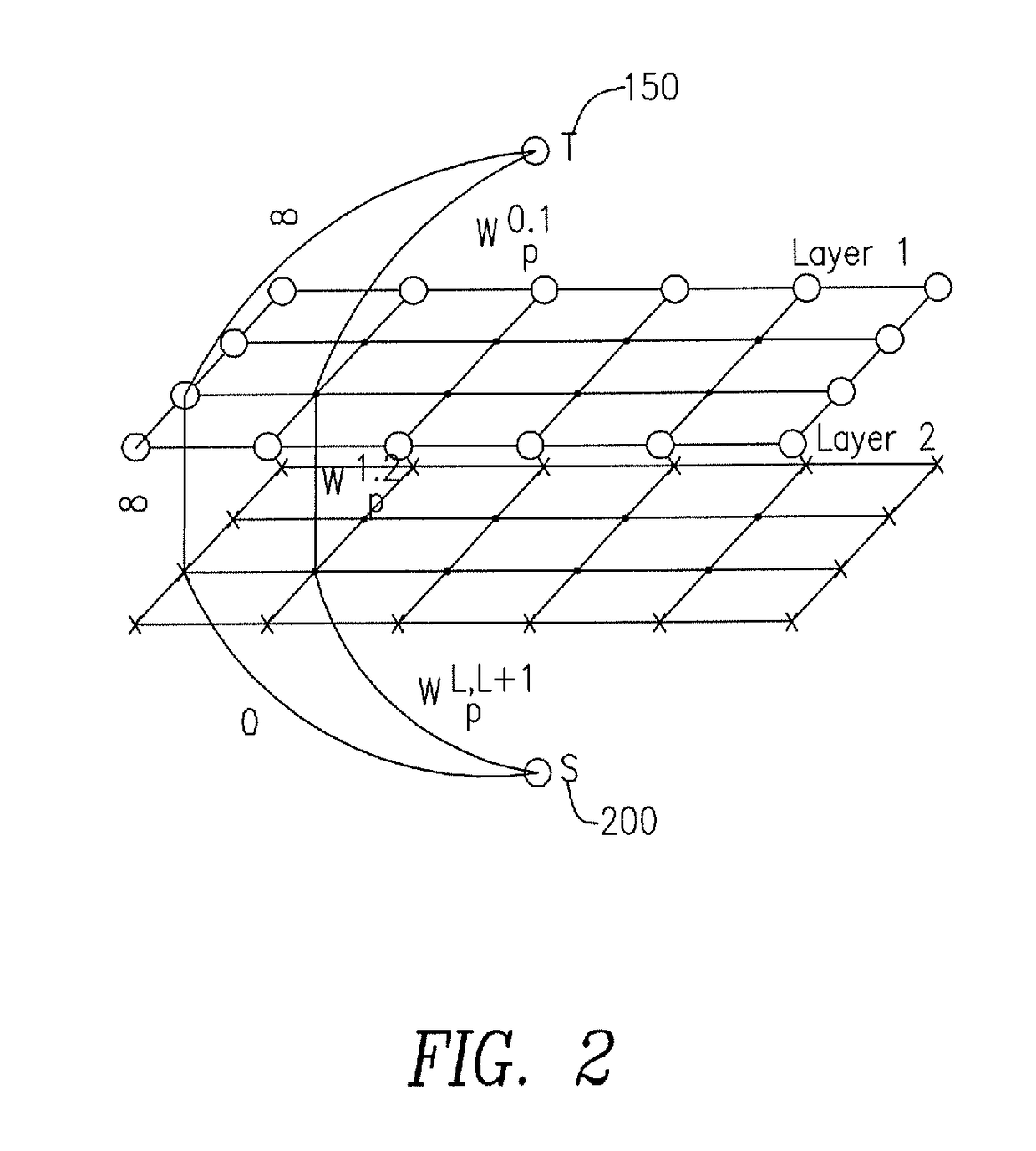Method for automatic tissue segmentation of medical images
a tissue segmentation and medical image technology, applied in the field of images, can solve the problems of cumbersome and time-consuming, manual initialization of objects in 3d images, and inability to be reused
- Summary
- Abstract
- Description
- Claims
- Application Information
AI Technical Summary
Benefits of technology
Problems solved by technology
Method used
Image
Examples
example 1
[0049]3D Quantitative ultrasounds were used to detect cancerous regions in freshly dissected human lymph nodes (LNs). The LNs contain three parts—LN-parenchyma (LNP), fat and phosphate-buffered saline (PBS). The present invention was used to effectively detect the nested structure of the LN images.
[0050]Deep LNP pixels having a very dark intensity similar to PBS are recognized in the first iteration of NGC. The mean and variance of both the LNP cluster and the PBS cluster, resulting from K-means to determine Wp0.1(Ip) in (2), are used and the one having the smaller weight is chosen. This helps to make deep LNP pixels be segmented correctly.
[0051]FIG. 4(a) shows the original image obtained having the LNP, fat and PBS. FIG. 4(b) shows the segmentation of FIG. 4(a) after the first iteration of NGC using the initial distributions, where the deeper surrounding fat is falsely segmented as LNP because of attenuation effects. FIG. 5(a) shows the mean intensity of LNP (the line represented b...
example 2
[0054]The 3D HFU mouse-embryo images were acquired with a custom 40-MHz, five-element, annular-array system. For this study, 40 mouse-embryo 3D images spanning five mid-gestational stages from E10.5 to E14.5 were used. The dimension of the 3D image increases depending on gestational stages, ranging from by 149 by 40 to 200 by 200 by 100 voxels. The voxel size of the 3D HFU datasets was 25 by 25 by 50 / MI. For all 40 images, semi-automatic segmentations of brain ventricles (BVs) were available, while only 28 out of the 40 images had manual segmentations of the embryonic head available. The contour of the embryonic head was manually drawn using Amira visualization software by a small-animal ultrasound imaging expert. These manual segmentations were used as ground truth to quantify the performance of the present invention.
[0055]Accurate segmentation of the BV and the head is essential for assessing the normal and abnormal development of the central nervous system of mouse embryos. Table...
PUM
 Login to View More
Login to View More Abstract
Description
Claims
Application Information
 Login to View More
Login to View More - R&D
- Intellectual Property
- Life Sciences
- Materials
- Tech Scout
- Unparalleled Data Quality
- Higher Quality Content
- 60% Fewer Hallucinations
Browse by: Latest US Patents, China's latest patents, Technical Efficacy Thesaurus, Application Domain, Technology Topic, Popular Technical Reports.
© 2025 PatSnap. All rights reserved.Legal|Privacy policy|Modern Slavery Act Transparency Statement|Sitemap|About US| Contact US: help@patsnap.com



